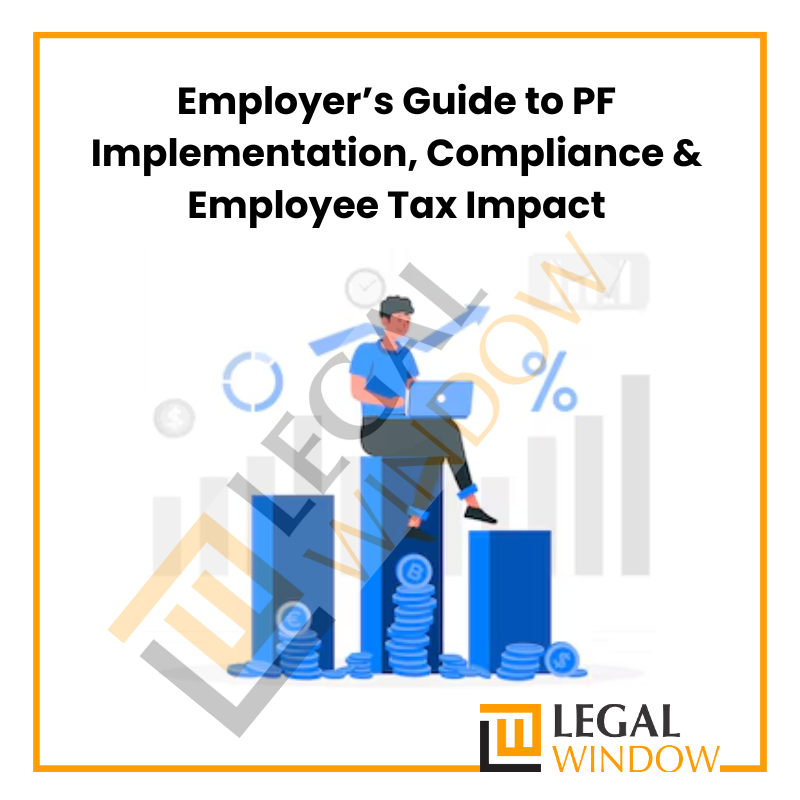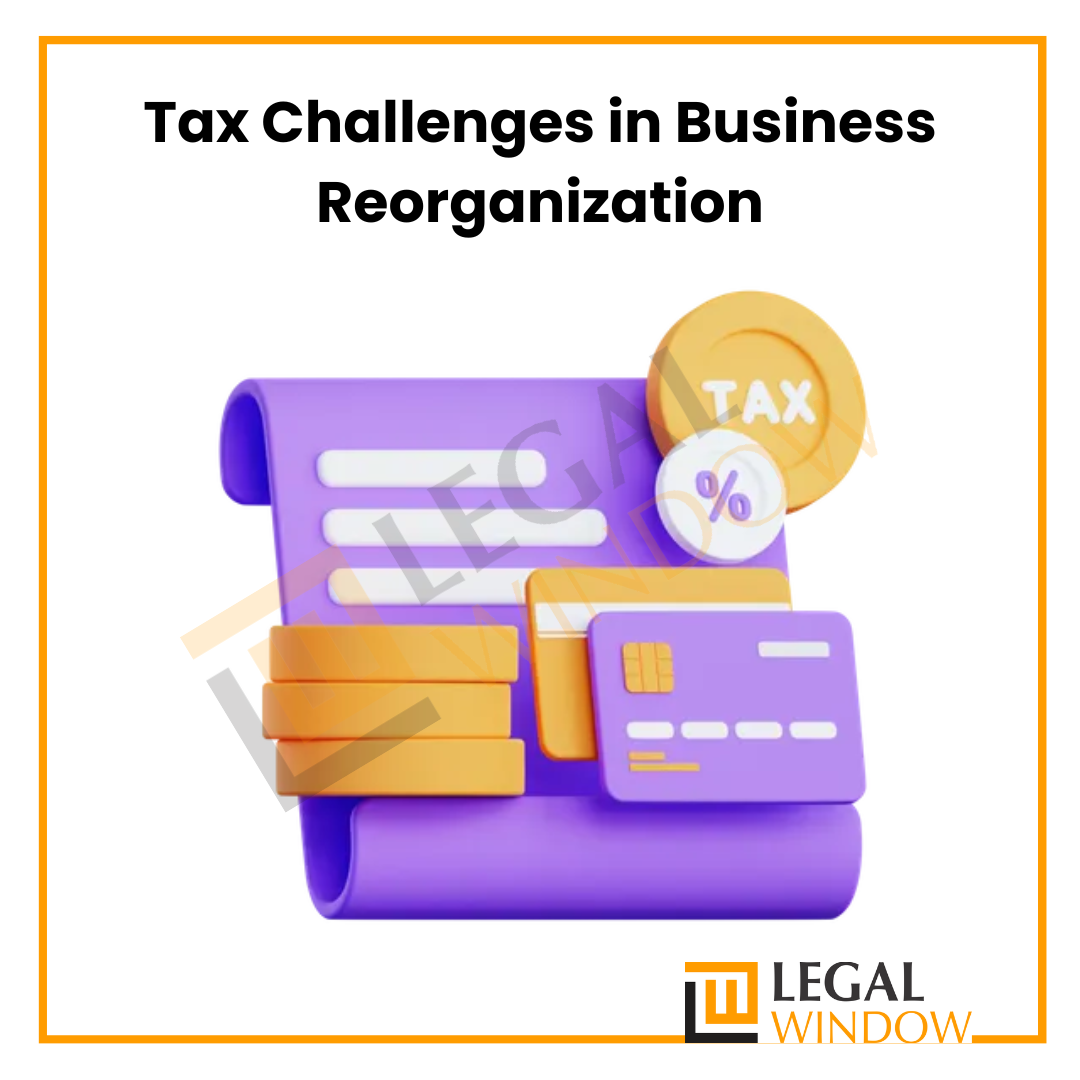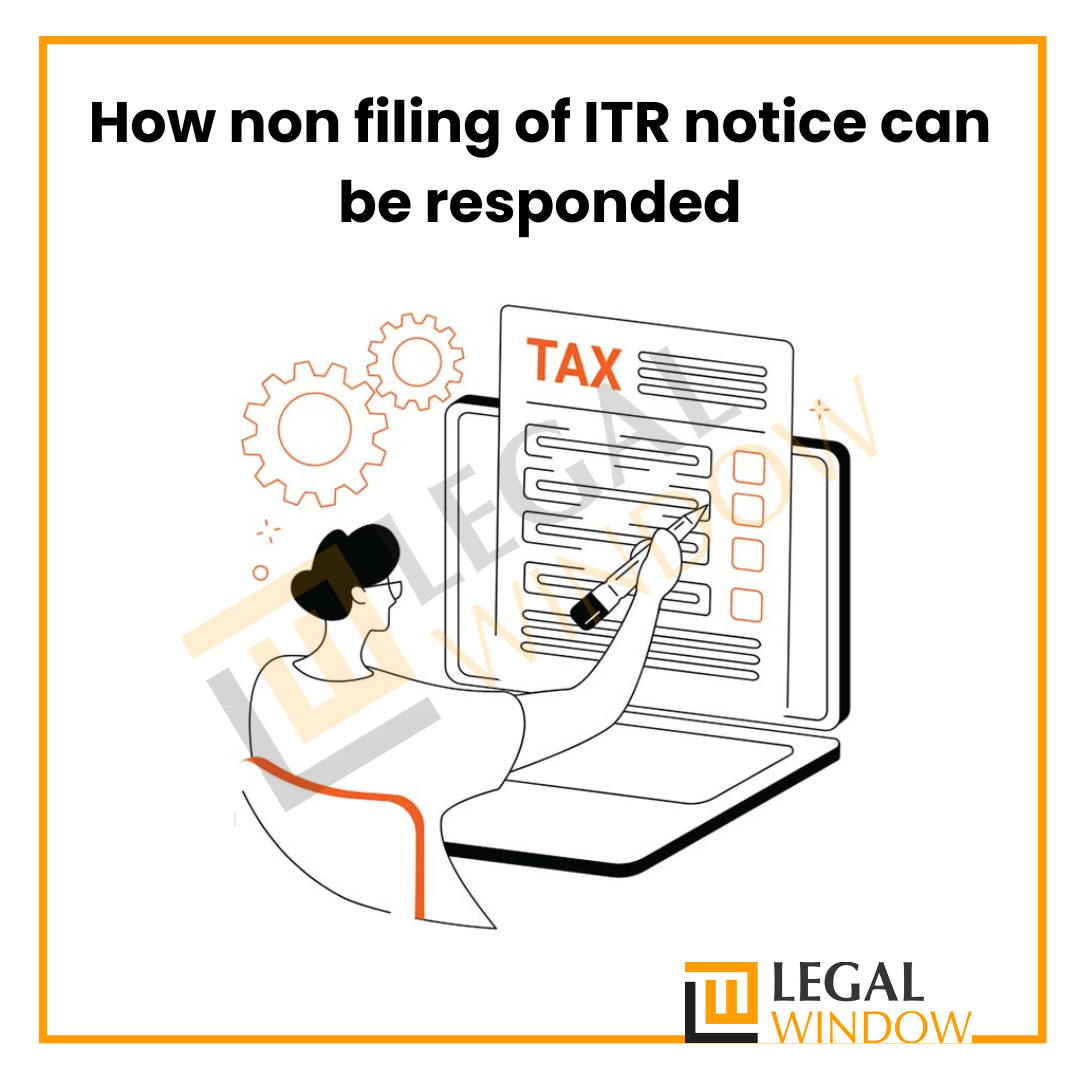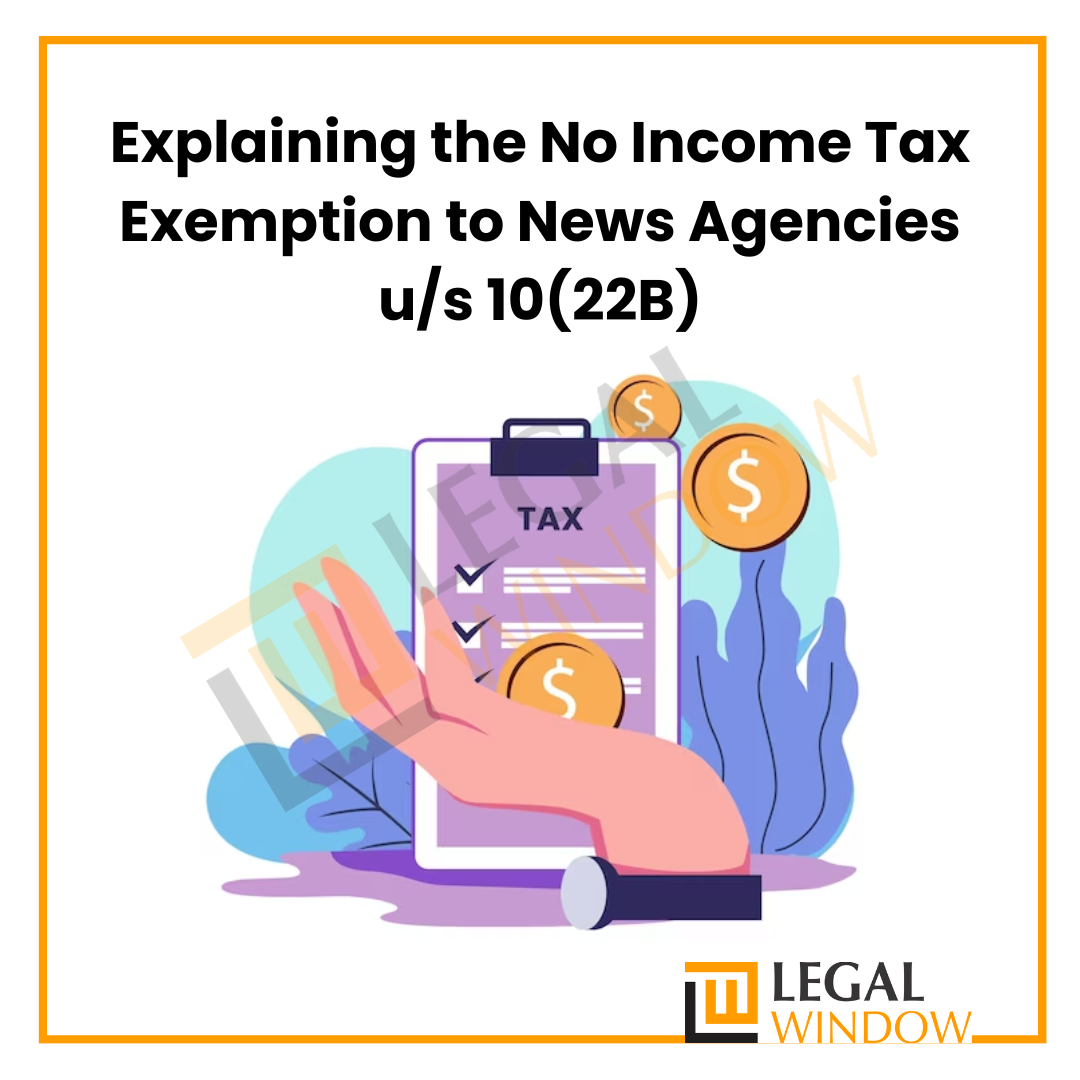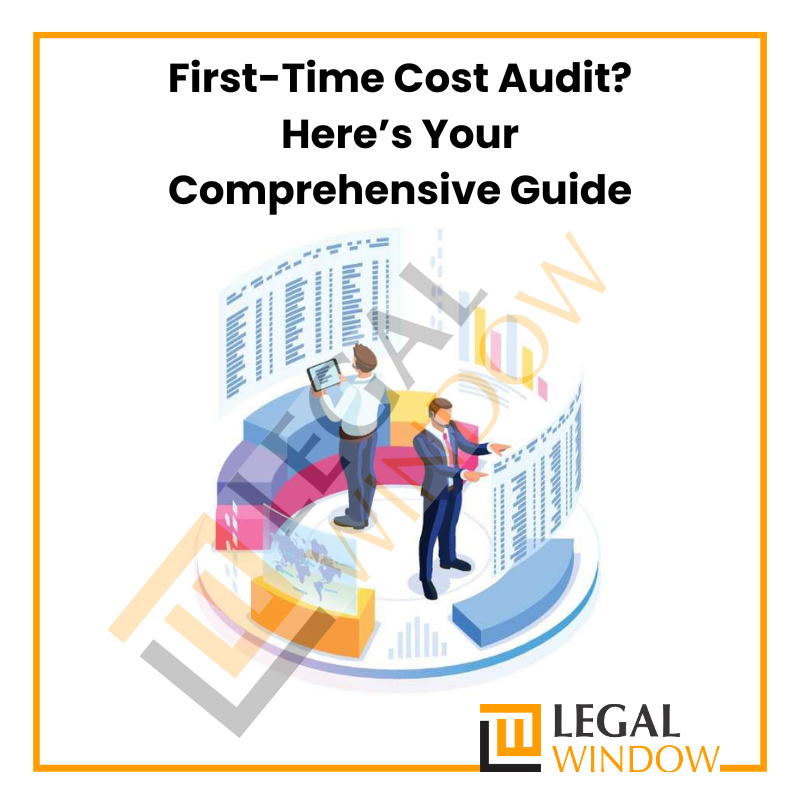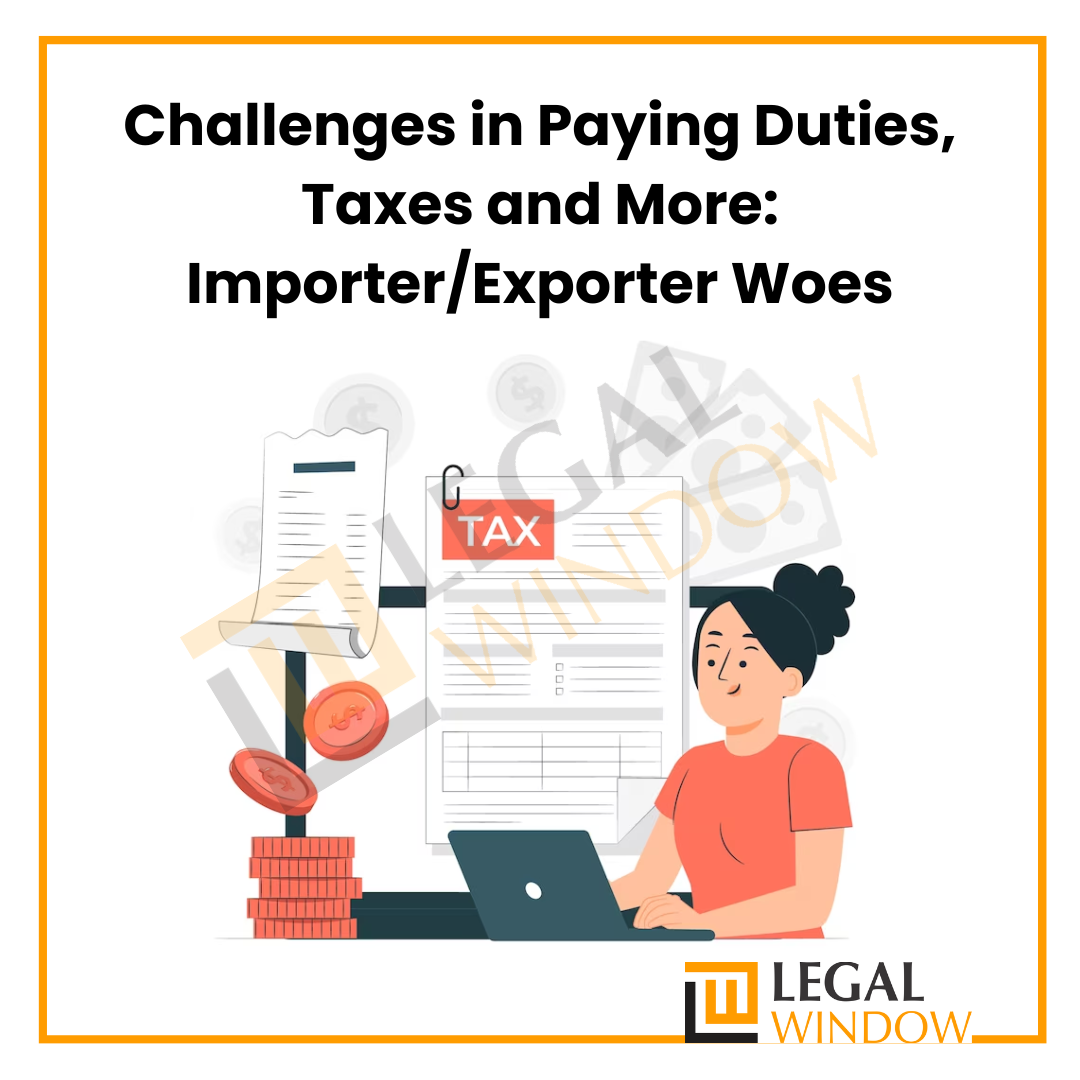Income Tax Scrutiny Notice
Reply to any Income Tax Scrutiny Notices.
For not filing an ITR
For filing defective return
Filing reply to Scrutiny Notice
Reply filed within stipulated time period
Flexible online process
Collection of documents
Introduction of Income Tax Scrutiny Notice
A tax notice is a letter from the Internal Revenue Service (IRS) that alerts a taxpayer about an issues with their tax return and tax paid to the department. A tax notice can be sent to you for many reasons it may be for informing you about a correction on a return, a balance due, or an overpaid of tax.
Legal Window will provide you all the necessary services and legal advice related income Tax notices and also guide for other compliances related reply for these notices. You may get in touch with our team on 072407-51000 or email admin@legalwindow.in.
Documents Required for Income Tax Scrutiny Notice
Pan Card and password of your income tax portal is required now a days to check and reply any type of income tax notice, Documents required can only be called as per the demand and type of notice.
Procedure of Income Tax Scrutiny Notice
1. Complete the Questionnaire
We will provide a questionnaire which is required to be filled by you in which we will sought the basic details and documents pertaining to the Filing of Reply of Income Tax Notice.
2. Review of the documents
All the documents provided to us and the questionnaire will help us to process further for preparation of reply of ITR Notice
3. Filing of Reply with the Government
We will file further send you the provisional return for your verification and will file your TDS return before the due date and protect you from any penalty after its duly confirmed and validated from your side.
4. Acknowledgment
We will further inform you about the same and send you the copy of reply via mail.
Additional Information
Scrutiny assessment refers to the examination of a return of income by giving an opportunity to the assessee to substantiate the income declared and the expenses, deductions, losses, exemptions, etc. claimed in the return with the help of evidence.
Types of Scrutiny Assessments Manual Scrutiny
Not filing an ITR
Not showing exempted income
Transaction of high value
Non declaration of exempted income
High value transaction
For filing defective return
Disparity in current year’s income or losses compared to previous assessment year
Compulsory Scrutiny Cases
Cases pertaining to survey under section 133A of the INCOME TAX ACT
Cases in which assessment is made under section 158B, 158BC, 158BD, 153A and 153C
Cases where return is filed for the A.Y relevant to the previous year in which search is executed u/s 132 and 132A of the INCOME TAX ACT
Cases where return is filed in response to notice u/s 148 of the ACT
Cases where registration u/s 12AA of the Income Tax Act has not been granted or has been cancelled
Cases where the assessee is taking the tax exemption even when the order for denying or withdrawing the approval for 10(23C) has been passed
What is the next step you should do when you receive an Income Tax notice?
Don’t Ignore the notice: Handle the notice very carefully and sincerely, otherwise you have to pay heavy penalty.
Check the notice carefully: Check whether the notice denotes to you by checking basic things like PAN, Name, Assessment year and it related to issuing officer (ITO), signature, address with details of ward and circle number of income tax department. Verify these details to check whether it relates to you only.
Preserve the envelope and save the copy of mail: - If the notice comes by speed post or registered post, preserve the envelope. If notice comes on mail then save the copy of that mail as It serves as proof of the dates on which it was posted and received.
Verify the reason behind the notice: By reading the notice one can easily Identify and check the reason behind notice. Reasons could be a mismatch in TDS (26AS) or inconsistency in your returns, or any serious concerns like any type of income concealment. It can also be a survey or scrutiny of accounts.
Timeline given to reply: Check the validity and timeline to reply the notice. Also check the section in which the notice issued. For E.g.: A notice under Section 143(3) for scrutiny assessment has to be served within six months of the end of the financial year in which the return was filed. If served later than this period, it will be considered invalid.
Collect the documents: After receiving the notice one has to start collecting the documents that the department has requested through notice Documents required depends upon the gravity of the notice, generally only scrutiny notice may ask for several documents, other notice generally required very less documents.
Covering Letter: Prepare a covering letter along with the set of documents that you have to submit to the IT department.
Acknowledgement of submission: Always prepare two set of all the documents required, along with a copy of the covering letter and notice. One copy stamped to maintain personal records, as a proof of submission of the reply of notice.
Reply under prescribed time limit: Always reply the notice under the prescribed time limit and if you are unable to collect the required documents under prescribed time limit then you can ask for some time to gather all the documents
Take the help of Legal Window:- If notice is about a TDS mismatch, factual matter or arithmetical error then the taxpayer own can reply for the notice but when it comes to the scrutiny notice or reassessment U/s 148 then one should take the professional advice with the Legal Window that is equipped with the team of chartered accountants and company secretaries. We will understand the situation and response accordingly.
Related Posts
FAQ's on Income Tax Scrutiny Notice
Under the Income-tax Law, there are four major assessments as given below:
section 143(1), i.e., Summary assessment without calling the assessee i.e. taxpayer.
Assessment under section 143(3), i.e., Scrutiny assessment.
Assessment under section 144, i.e., Best judgment assessment.
Assessment under section 147, i.e., Income escaping assessment.
This is a detailed assessment and is referred to as scrutiny assessment. At this stage, a detailed scrutiny of the return of income will be carried out. The scrutiny is carried out to confirm the correctness and genuineness of various claims, deductions, etc., made by the taxpayer in the return of income.
Assessment under section 144 (called best judgment assessment) is an assessment carried out as per the best judgment of the Assessing Officer. Best judgment assessment is resorted due to certain failures (specified under section 144) on the part of the taxpayer (discussed in next FAQ).
Assessment under section 143(1) can be made within a period of one year from the end of the financial year in which the return of income is filed.
The objective of scrutiny assessment is to confirm that the taxpayer has not understated the income or has not computed excessive loss or has not underpaid the tax in any manner.
To confirm the above, the Assessing Officer carries out a detailed scrutiny of the return of income and will satisfy himself regarding various claims, deductions, etc., made by the taxpayer in the return of income.
This is an income escaping assessment. This assessment is carried out if the Assessing Officer observes that any income has escaped assessment.


